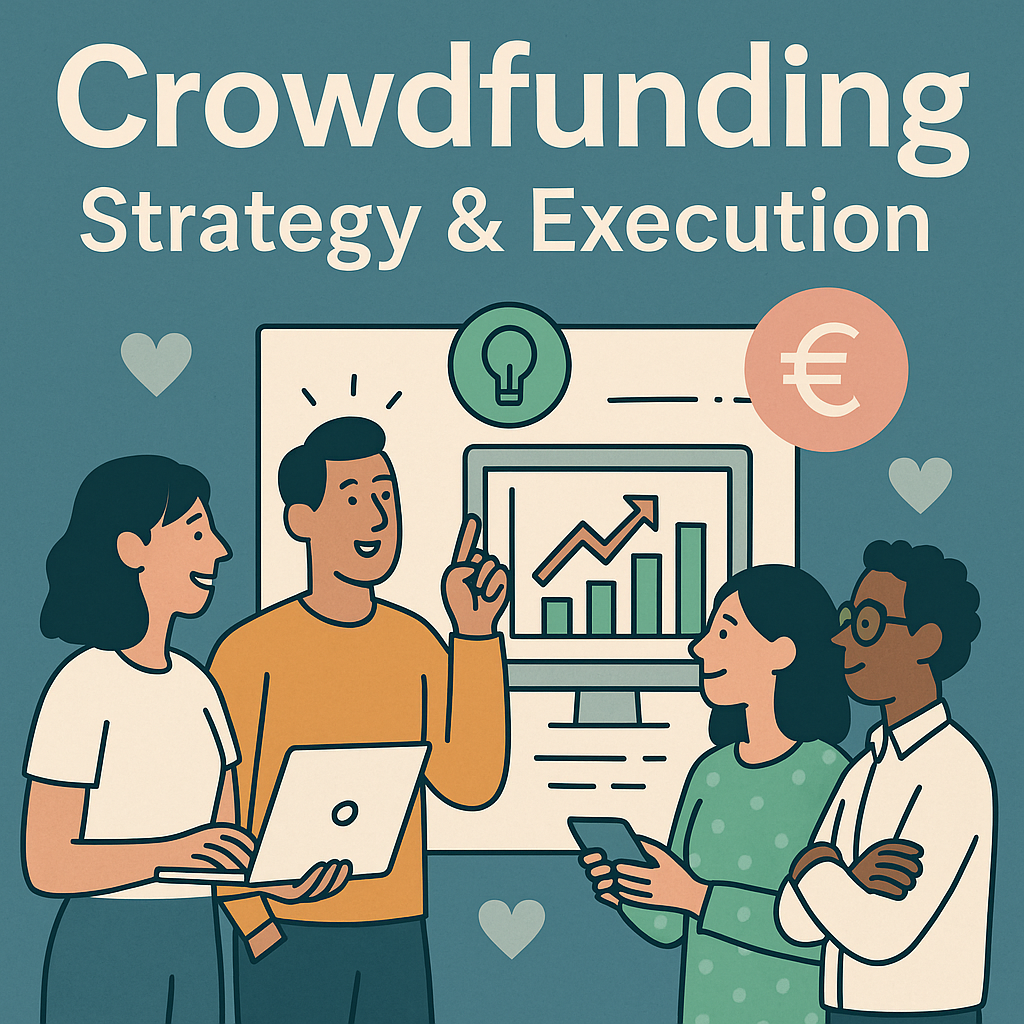

Crowdfunding
What makes a good crowdfunding project? How can you organize your teams to reach their goals?
Ryan Lawrence, Crowdfunding Manager at UC Berkeley, which has raised over $250k with its crowdfunding program shares his tips on how to guide your project teams to success, including the best practices every team should consider when planning a crowdfunding campaign.
Ryan will also be joining us for our next webinar on April 26th to offer more practical tips on how to maximize the chances of success for every crowdfunding project.
The first step when a new project has been accepted is to set realistic expectations on goals. Nearly every team that wants to crowdfund thinks that they can raise way more than is actually realistic. I try to explain that it’s better to go over the 100% marker – it’s actually a great way to build momentum for campaigns. And, your current donors will be more likely to share and help spread the word if the project is successful. But most importantly, if the group reaches their goal, donors will be even more likely to donate again in the future. People like to be part of the winning team.
Planning is key. If a project team doesn’t think about their outreach efforts before they launch, they will find it hard to hit their goals. Crowdfunding works best when the timeframe is short – it really drives the urgency and encourages donors to give sooner rather than later. I recommend that teams put together a simple calendar that outlines what types of outreach is happening on which days. This is a great way to divide the work between teams and helps to keep teams organized and accountable.
People tend to think that if they create a crowdfunding page, people will magically find it and donate to it – that is simply not true. It takes a lot of outreach from individuals to promote the project. If teams understand this from the start, they will be more likely to succeed.

I rely heavily on my project leads to plan for their campaigns. But I hold a few training sessions and try to teach them best practices. I think that one of the biggest reasons a team fails is because they don’t do enough outreach. It takes much more than just one email and one social media post to get people to donate.
The best medium for driving donations is personal email. Emails are more convenient for donors to open, read, and interact with on their own time – social media tends to get lost in people’s feeds easily (not to say that social media isn’t important). It can take emailing the same people 3-5 times throughout a campaign, though, before they will actually donate.
Ambassadors are a great way to make it as easy as possible for a team to gain support. I recommend inviting people to join as ambassadors and then dividing the total goal. A $5,000 goal divided by 10 people means that everyone needs to raise $500. That’s much more bite-sized and doesn’t overwhelm teams with larger goals. Ambassador programs also help motivate the team – if I see another ambassador has raised more money, it makes things a friendly competition and I’ll be more likely to do more outreach.

Crowdfunding can take a lot of outreach – to the same people, multiple times throughout a month-long campaign. It’s all about finding the convenient time for potential donors to give, so I always recommend varying the timing of outreach. If you send an email blast on Monday at 8am, and I’m driving to work or riding public transportation, I might be less likely to donate. Once I finally get to that email, I have 100 others competing for my attention. So, next time you send out a email, try another day and time to see if that is a better time for people to take action. What works for one individual might not for others. And everyone has the best intentions, but as humans, we like to procrastinate.
Thank you Ryan Lawrence!

By clicking “Accept”, you agree to the storing of cookies on your device to enhance site navigation, analyze site usage, and assist in our marketing efforts. View our Privacy Policy for more information.


